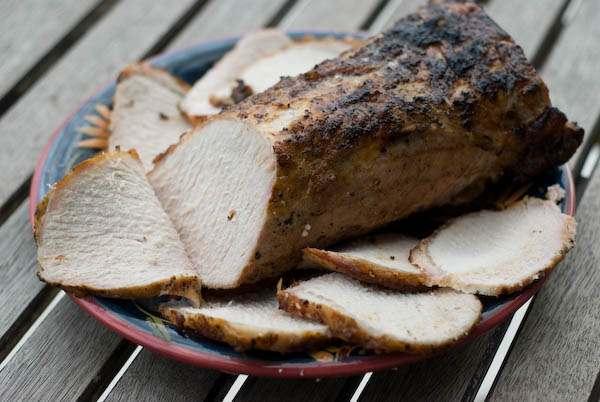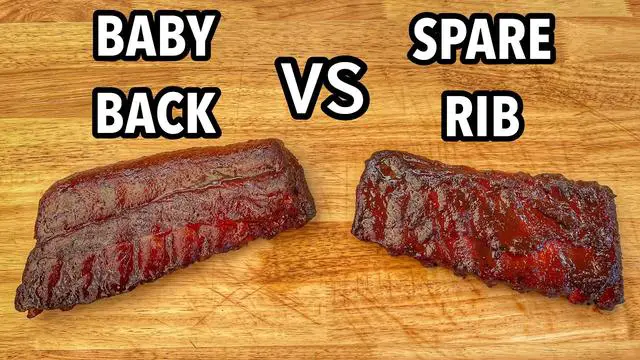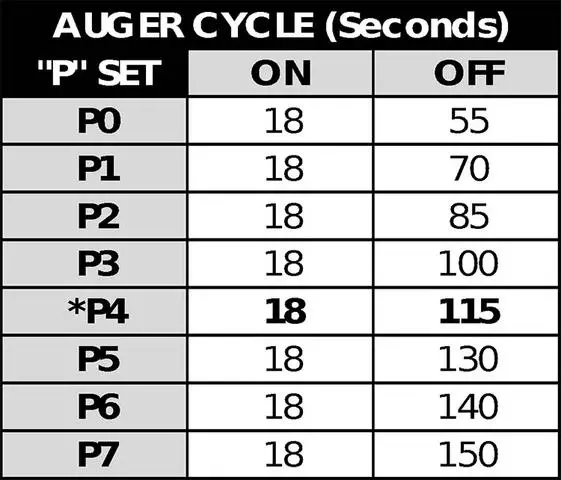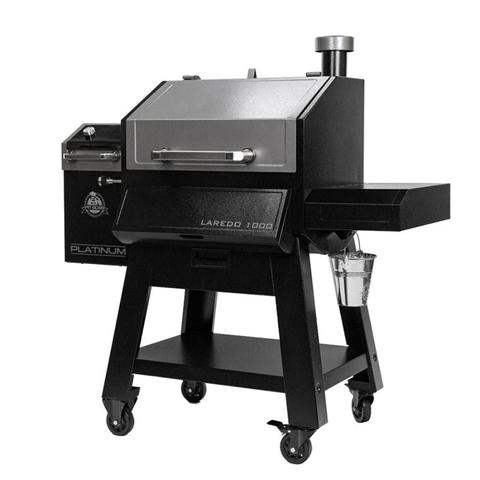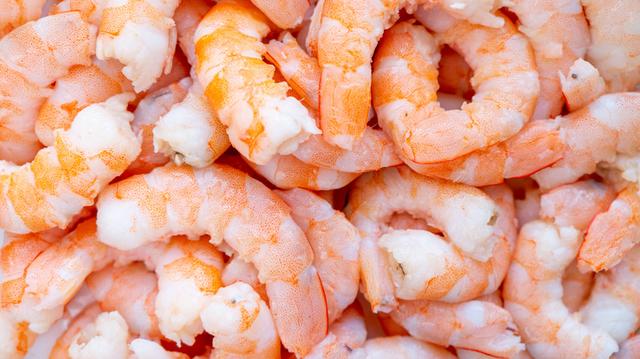
“Undercooked Shrimp: A Recipe for Disaster? Discover the potential risks, health implications, and crucial cooking tips to ensure safe consumption of shrimp. Dive into the dangers of undercooking this popular seafood delicacy and become a culinary expert in preparing perfectly cooked shrimp every time!”
What Does Undercooked Shrimp Taste Like?
Undercooked shrimp tastes like a mixture between raw and cooked shrimp, with an unbalanced, slightly sweet, slightly savory flavor. The texture will be slightly wet and gelatinous, with a potential crunch from the undercooked shrimp shell, if you have chosen to cook your shrimp with the shell still on.

Short answer? Yes, you can. Certain foods, like many different types of sushi, may contain raw shrimp- along with fish, raw crab, or raw lobster! There’s a lot of variation in sushi, so there’s a chance you could get raw shrimp anywhere that you can find sushi.
Can You Eat Undercooked Shrimp?
Undercooked shrimp is technically edible, but it comes with potential health risks that should not be ignored. One of the main concerns is food poisoning, which can range in severity and lead to hospitalization or even death. Shrimp can contain bacteria such as Vibrio parahaemolyticus, which can cause vomiting, nausea, and diarrhea. Properly cooking shrimp is the best way to eliminate these bacteria and ensure food safety.
Pregnant women should be especially cautious when it comes to undercooked shrimp due to the risk of bacterial infestation in their bodies. This can lead to dangerous health complications for both the mother and baby. It is highly recommended for pregnant women to avoid consuming raw or undercooked shrimp altogether.
Food Poisoning and Bacteria
Undercooked shrimp, like all improperly cooked meats, can give you food poisoning. Food poisoning varies in severity and can lead to hospitalization, dehydration, or even death. Shrimp can contain bacteria such as Vibrio parahaemolyticus, which can cause vomiting, nausea, or diarrhea. Properly cooking meat is the best way to remove bacteria from shrimp and ensure it is safe to eat.
Eating undercooked shrimp can be especially dangerous for pregnant women and their babies. The bacteria contained in shrimp can infest a woman’s body and lead to serious health complications. It is best for pregnant women to avoid raw or undercooked shrimp entirely.
Raw shrimp has significantly more health risks than undercooked shrimp. Consuming raw shrimp can increase the risk of bacterial infections and foodborne illnesses. It is important to properly cook any meat, including shrimp, to eliminate these risks.
Issues With Pregnancy
Eating undercooked shrimp can be particularly risky for pregnant women and their babies. Shrimp can contain bacteria that may cause serious complications during pregnancy. The bacteria from undercooked shrimp can infest a woman’s body and lead to dangerous health issues. Pregnant women are more susceptible to food poisoning, which can result in dehydration and other complications. It is highly recommended for pregnant women to avoid consuming raw or undercooked shrimp to protect both their own health and the health of their unborn child.
How Can You Tell If Your Shrimp Is Undercooked?

There are several ways to determine if your shrimp is undercooked. One method is to check the color of the shrimp before and after cooking. Raw shrimp is slightly translucent and gray, while cooked shrimp should be white with hints of pink or red. If your shrimp still looks gray or translucent, it is likely undercooked.
Another way to tell if your shrimp is undercooked is by examining its shape. Raw shrimp will be straight or slightly curved, while properly cooked shrimp will have a distinct curl resembling the letter “C”. If your shrimp is still relatively straight or has only a slight curve, it may not be fully cooked.
You can also use touch as an indicator of doneness. Raw and undercooked shrimp will feel fleshy and flexible, similar to raw crab or lobster. As it cooks, the texture of the shrimp may become slightly spongy. A properly cooked shrimp should be firm but not resist when pressed down upon with a finger or utensil.
Check the Color of the Shrimp
One of the most reliable ways to determine if your shrimp is undercooked is by checking its color. Raw shrimp tend to be slightly translucent and gray in color. If your cooked shrimp still looks similar to its raw state, it is likely undercooked. When properly cooked, shrimp will turn white with pink and red undertones, and they should be entirely opaque. If you can see through or into the shrimp, it needs more cooking time. On the other hand, if your shrimp has turned a vibrant pink or reddish color with hints of orange, it is overcooked.
Check the Shape of the Shrimp
When determining if your shrimp is properly cooked, one method is to examine its shape. A raw shrimp will appear somewhat straight or have a slight curve, with its tail forming an 85 to 90-degree angle. Raw shrimp are flexible, so it’s important to observe their shape before cooking. On the other hand, undercooked shrimp will still exhibit some degree of straightness or a slightly more pronounced curve compared to raw shrimp. To ensure that your shrimp is cooked thoroughly, look for a good curl in each individual shrimp. As the muscles contract during cooking, a properly cooked shrimp will resemble the letter ‘C’ in shape. If the shrimp takes on a ‘U’ shape or remains relatively straight, it is likely still undercooked. Conversely, an overcooked shrimp may form an ‘O’ shape.
Check the Texture of the Shrimp
The texture of the shrimp can provide valuable information about its doneness. When shrimp is undercooked, it will have a slightly wet and gelatinous texture. The meat may feel soft and tender, with a potential crunch from the undercooked shell. However, if the shrimp feels mushy or overly soft, it is likely overcooked. A properly cooked shrimp should be firm to the touch but still have some juiciness.
The color of cooked shrimp can be a reliable indicator of its doneness. Raw shrimp typically appears translucent and gray in color. As it cooks, the flesh turns white with hints of pink and red. If your shrimp remains gray or has only slight color changes after cooking, it is still undercooked. On the other hand, if your shrimp has turned vibrant pink or reddish with hints of orange, it is overdone.
The shape of each individual shrimp can also give you clues about its doneness. Raw shrimp tends to be straight or slightly curved with their tails forming an 85-90 degree angle. Undercooked shrimp may have a similar shape but could show a slightly more pronounced curve than raw ones. Properly cooked shrimp will curl into a “C” shape as their muscles shrink and contract during cooking. If your shrimp forms an “O” shape or remains fairly straight, it is either overcooked or still undercooked.
Check the Temperature of the Shrimp
One of the most reliable methods to determine if your shrimp is properly cooked is to check its internal temperature. Use a cooking thermometer to periodically measure the temperature of the shrimp while it cooks. Once the internal temperature reaches 120 degrees Fahrenheit (approximately 48 degrees Celsius), your shrimp is considered safe for consumption. Anything below this temperature can be classified as undercooked and may pose health risks.
If you discover that your shrimp is undercooked, there are simple steps you can take to ensure it cooks thoroughly. If your heat source is still running, such as a grill or stovetop, place the shrimp back into the pan and continue cooking until it reaches the desired doneness. If your heat source has been turned off, simply turn it back on and cook the shrimp until they are fully cooked. Keep an eye on them to prevent overcooking and maintain their tenderness.
How Can You Fix Your Undercooked Shrimp?
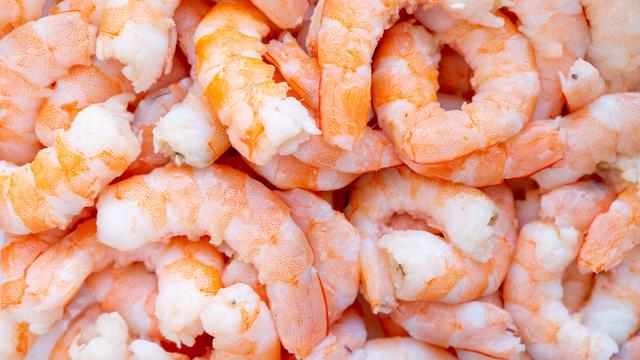
If you find that your shrimp is undercooked, there are a few ways you can fix it and ensure it is safe to eat. One method is to simply continue cooking the shrimp until it reaches the desired level of doneness. If you have already removed the shrimp from the heat source, you can return them to the pan or grill and cook them for a little longer until they are fully cooked. Keep an eye on them to prevent overcooking.
Another option is to use a cooking thermometer to check the internal temperature of the shrimp. When the internal temperature reaches 120 degrees Fahrenheit (approximately 48 degrees Celsius), your shrimp should be cooked through and safe to eat. If the temperature is below this threshold, continue cooking until it reaches the proper temperature.
If you prefer not to rely solely on visual cues or a thermometer, you can also test the texture of the shrimp. Undercooked shrimp will feel somewhat spongy when pressed down with a finger or utensil. If your shrimp still has this texture, it needs more time to cook. A properly cooked shrimp should be firm but not tough when pressed.
In Conclusion
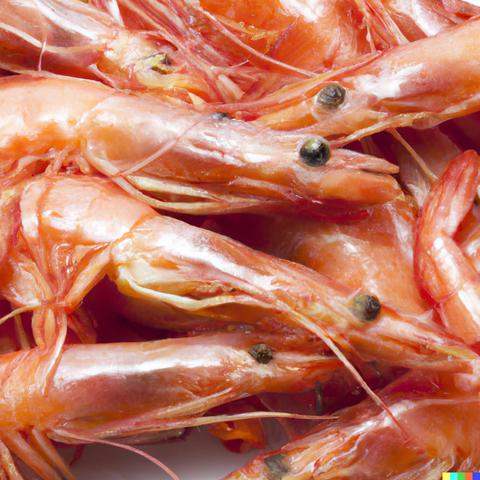
Cooking seafood, especially shrimp, can be a tricky task. Undercooked shrimp can have an unbalanced, slightly sweet, and slightly savory flavor, with a wet and gelatinous texture. However, it is important to cook shrimp thoroughly to avoid the risk of food poisoning and bacterial infections. Pregnant women should especially avoid undercooked or raw shrimp due to the potential harm it can cause to both the mother and baby. It is best to fully cook shrimp until it turns white with hints of pink and red for a safe and enjoyable dining experience.
To determine if shrimp is cooked properly, you can rely on various indicators such as its color, shape, touch, or internal temperature. A properly cooked shrimp will have a vibrant pink or reddish color with no signs of gray or translucency. The shape should resemble a letter ‘C’ as the muscles contract during cooking. When pressed down, the shrimp should be firm but not too resistant. Using a cooking thermometer to measure the internal temperature of the shrimp can also ensure that it reaches at least 120 degrees Fahrenheit for safe consumption.
If you find that your shrimp is undercooked, simply continue cooking it until it reaches the desired doneness using any of the mentioned methods. By following these guidelines and being mindful of potential health risks associated with undercooked or raw seafood, you can enjoy perfectly cooked and safe-to-eat shrimp in your meals.
In conclusion, consuming undercooked shrimp poses significant health risks due to the potential presence of harmful bacteria and parasites. To ensure food safety, it is crucial to cook shrimp thoroughly until it reaches an internal temperature of 145°F (63°C). Proper cooking practices are essential for protecting ourselves against foodborne illnesses and enjoying this delicious seafood without any worries.
Learn More About Grilling
If you want to learn more about grilling, check out these other helpful resources!

